I am trying not to reserect an old topic which appears now and then about the Battye grenade which has been mentioned a couple of times on the forum. It seems there are about 3 types of fuzes for this grenade, one a Nobel cardboard tube type, a nobel type with wooden wings to protect the fuze and a plain fuze type you light with a metal plate with nails or screws in place. Which is the official type used by the British army and does anyone have any dimensions and sizes of the fuzes used so i can make a replica for mine.
As for finish, it seems that they are black in finish in peoples collects as the standard finish, was that an original finish or were they varnished or shellacked otherwise they would rust in the damp trenches.
Seeing as they used [FONT=arial, sans-serif]Ammonal as a filling i thought they would have a pink band around the body as with the No 15 cricket ball grenade or was it that they were made by the French this wasn't applied.[/FONT]
As for finish, it seems that they are black in finish in peoples collects as the standard finish, was that an original finish or were they varnished or shellacked otherwise they would rust in the damp trenches.
Seeing as they used [FONT=arial, sans-serif]Ammonal as a filling i thought they would have a pink band around the body as with the No 15 cricket ball grenade or was it that they were made by the French this wasn't applied.[/FONT]









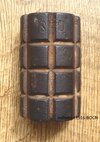
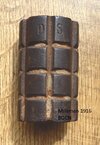
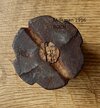
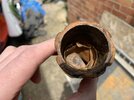
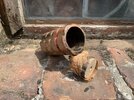
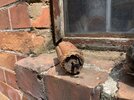
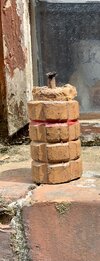
![DSCN0856[1].JPG](/data/attachments/166/166940-ea34e957d491a72199180da4557a12a5.jpg)